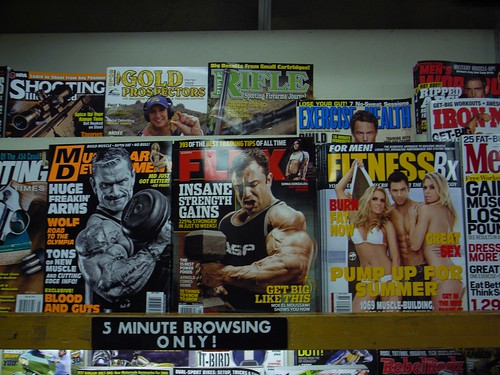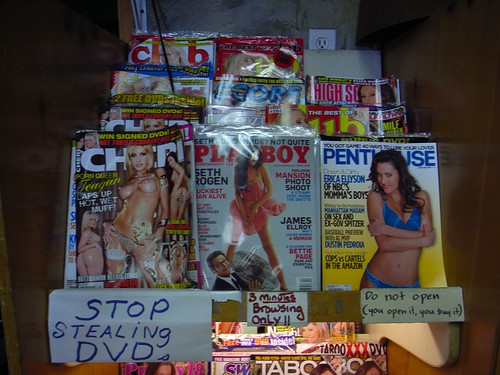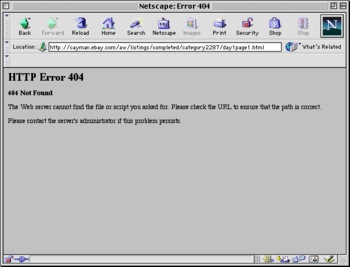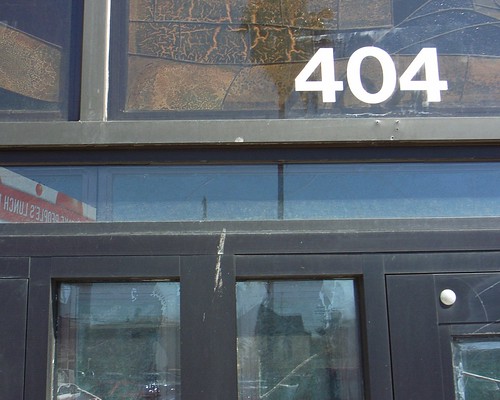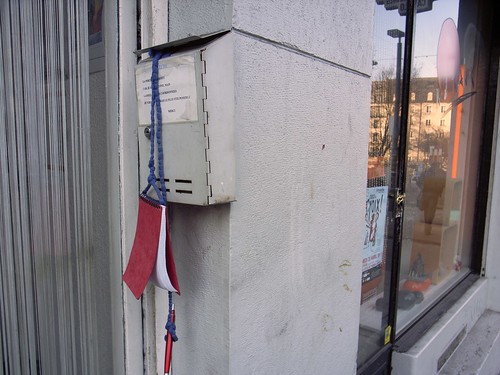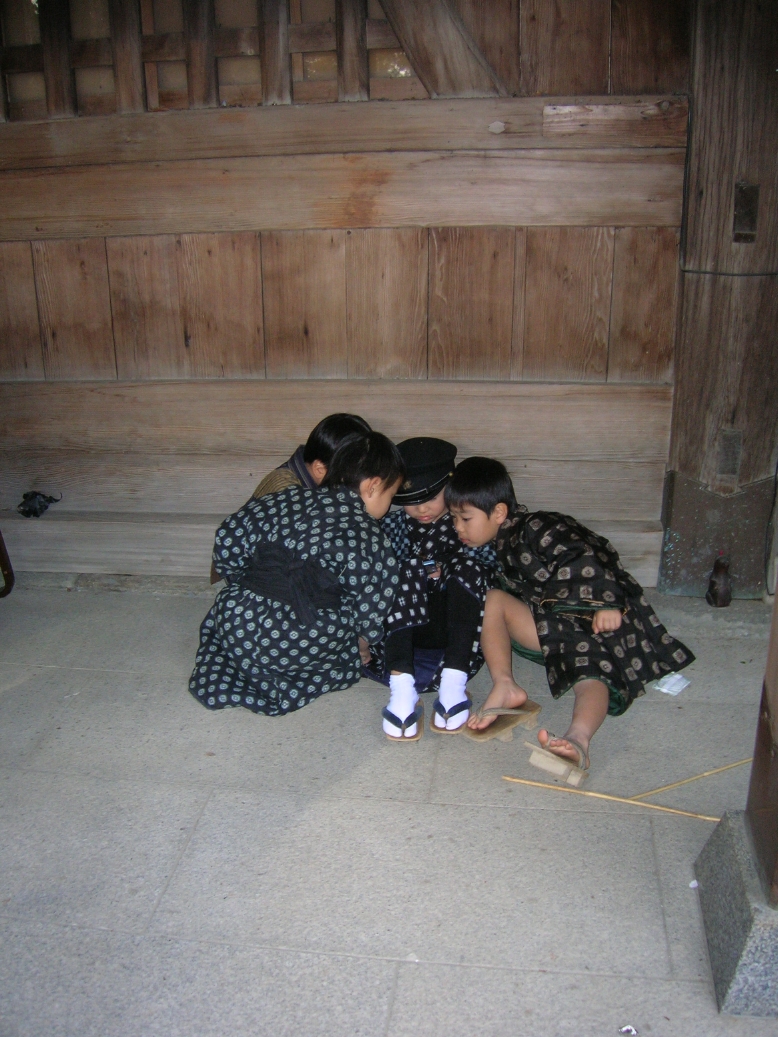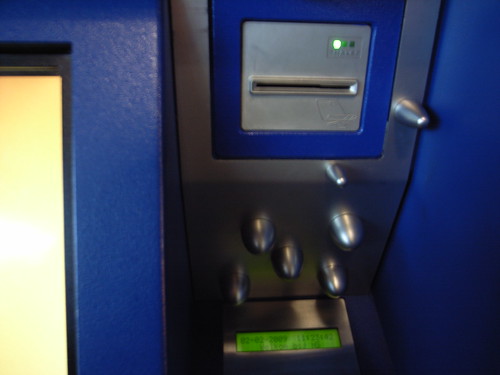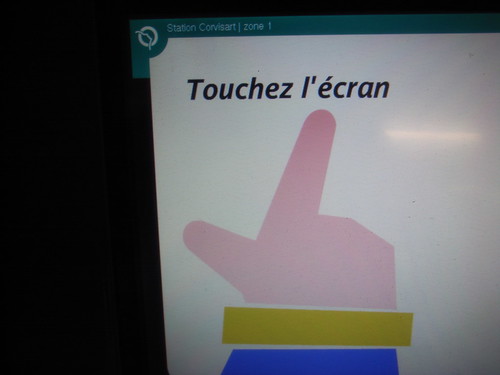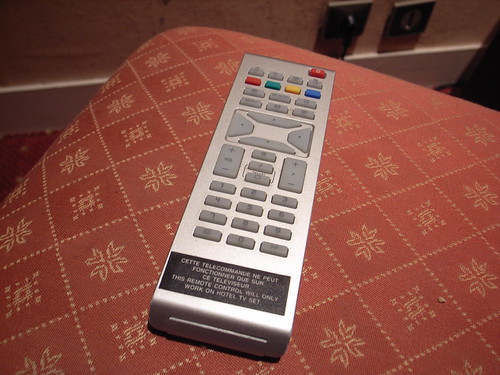 The picture above taken in Marseilles (France) few months ago depicts a human practice that fascinates me: the deliberate destruction of artifacts. There are different reasons for that, ranging from anger towards someone (and throwing the object at hand) to being upset by a certain piece of technology. Observing this practice is quite difficult as it's both uncommon and quick... you generally access to traces of this behavior. The phone above is an example of such traces. Among all the reasons to destroy things, it's perhaps the frustration the user feels when the object doesn't work as he/she intended. In this situation, of course, people are not always so violent but it can happen. This is perhaps why I am also intrigued by breakdown, failures and people's reactions (or perception).
The picture above taken in Marseilles (France) few months ago depicts a human practice that fascinates me: the deliberate destruction of artifacts. There are different reasons for that, ranging from anger towards someone (and throwing the object at hand) to being upset by a certain piece of technology. Observing this practice is quite difficult as it's both uncommon and quick... you generally access to traces of this behavior. The phone above is an example of such traces. Among all the reasons to destroy things, it's perhaps the frustration the user feels when the object doesn't work as he/she intended. In this situation, of course, people are not always so violent but it can happen. This is perhaps why I am also intrigued by breakdown, failures and people's reactions (or perception).
Nailing down some references about failures and adoption issues of technology, I enjoyed reading this report from the Pew Internet & American Life Project insightfully called "When technology fails". The reports presents some statistics about people's usage (or non-usage) of various technologies in the US. Some examples of problems I found interesting:
"nearly half (48%) of adults who use the internet or have a cell phone say they usually need someone else to set up a new device up for them or show them how to use it. (...) 44% of those with home internet access say their connection failed to work properly for them at some time in the previous 12 months. (...) 39% of those with desktop or laptop computers have had their machines not work properly at some time in the previous 12 months. (...) 29% of cell phone users say their device failed to work properly at some time in the previous year."
And it's also important to look at how people deal with breakdowns:
"Some 15% of those experiencing problems (...) said they were unable to fix the problem. However, the
majority of users found solutions in a variety of ways: 38% of users with failed technology contacted user support for help. 28% of technology users fixed the problem themselves. 15% fixed the problem with help from friends or family. 2% found help online."
People's perception is of course very emotional as the PEW research showed:
"Users whose technology had failed also reported a mix of emotions during the course of trying to
solve the problem:
- 72% felt confident that they were on the right track to solving the problem.
- 59% felt impatient to solve the problem because they had important uses for the broken technology.
- 48% felt discouraged with the amount of effort needed to fix the problem.
- 40% felt confused by the information that they were getting."
I guess they did not find anyone in their sample revealing that sometimes they just trash/punch/kick the object that users can't use because it's a not-so-common behavior. Perhaps it can be a subset of "impatience"... given that this study as based on a survey it may be a side-effect of the methodology. I would find intriguing to show picture of tossed/destroyed artifacts as a probe to discuss with participants.
Why do I blog this? gathering material about this topic that fascinates me for quite a while. Documenting the experience of breakdowns is insightful for design, as a locus of people's creativity in finding solutions (bricolage, social navigation, asking questions to others, destroying the system and trying to repair it after a while, etc.).
These issues are also related to another favorite topic of mine: how people build a representation of their computers/cell phones/nintendo Wii/etc. and how they use this knowledge to explain the artifacts' behavior (and breakdowns).
 My hotel last week in San Francisco had this fascinating mail transit system that allowed people to drop letters in this pneumatic-like system parallel to the elevators. You can leave your letter at the floor you're located (picture above) and it drops down the collecting box downstairs.
My hotel last week in San Francisco had this fascinating mail transit system that allowed people to drop letters in this pneumatic-like system parallel to the elevators. You can leave your letter at the floor you're located (picture above) and it drops down the collecting box downstairs.



